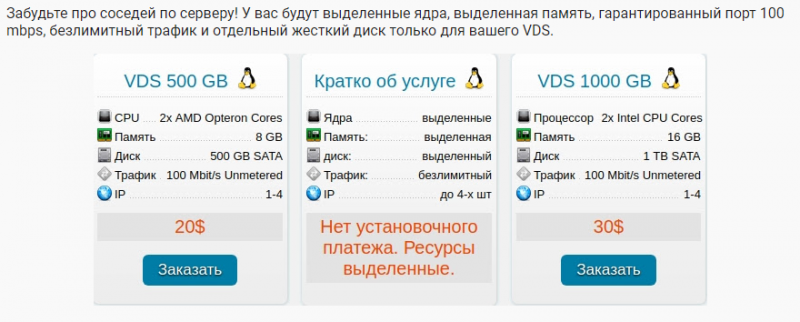Может быть, поставщик облачных технологий-это то, что вам нужно

Громкие услуги, которые предоставляют только серверное оборудование, могут помочь решить проблемы миграции приложений, настройки производительности и доступа к оборудованию.
Облачные решения Bare-metal привлекают клиентов локальными приложениями, которые они хотели бы перенести из собственных управляемых центров обработки данных. Клиенты хотят перенести существующие приложения и перенести существующие приложения в облако и продолжать использовать их, как если бы они использовали их на месте. Приложения работают без изменений, но в другом центре обработки данных вместо клиентов.
Что такое голое металлическое облако?
Облако голого металла означает отсутствие программного обеспечения. Вы арендуете процессоры, объем памяти и хранилище. После этого вы предоставляете свой собственный программный стек — и все это. Bare metal идеально подходит для того, что называется «подъем и сдвиг», когда вы переносите свою вычислительную среду из центра обработки данных в облачного провайдера без изменений. Просто поместите операционные системы (ОС), приложения и данные в чужой центр обработки данных. Свобода запуска собственного программного стека.
До сих пор IBM являлась крупнейшим сторонником хостинга с нуля, через Softlayer, который был запрошен в 2013 году, а затем Oracle. Тем не менее, AWS попал в сервисы «голого металла» вслед за такими крупными хостинг-провайдерами и облачными провайдерами, как Alibaba, Rackspace, Servers.com, DataCamp и OVG. Это привлекает как предприятия, так и предприятия малого и среднего бизнеса, и по той же причине: им не нужно размещать и покупать оборудование.
Ожидается, что мировой рынок голого металла к 2025 году достигнет 26,21 млрд долларов США, согласно прогнозу Grand View Research, CAGR составляет 38,4%. IDC считает, что в скором времени отрасль изменится: «Похоже, что это новая волна голого металла, выходящего на рынок, они предполагают, что у каждого крупного облачного провайдера скоро будет предложение чистого металла!»
Голые металлические варианты использования
Как упомянуто в нашем блоге «Обратное гибридное облако: перемещение облака на месте», важная причина, по которой предприятия возвращают рабочие нагрузки из облака, связана с экономикой. Варианты использования для использования облака из чистого металла:
Устаревшие приложения, которые не были созданы и не будут работать должным образом в виртуальных средах;
- Приложения с устаревшими условиями лицензирования программного обеспечения и правоприменительными механизмами, привязанными к оборудованию;
- Программное обеспечение, которое требует прямого аппаратного доступа, например гипервизоры типа 1. Чистые экземпляры AWS могут запускать Hyper-V, что можно сделать с помощью виртуального коммутатора, подключенного к VPC, и частного сервера протокола динамической конфигурации хоста, который готов к запуску гостевых виртуальных машин, как на стандартном Windows Server.
datacenter.com
Testing a new custom build for a customer
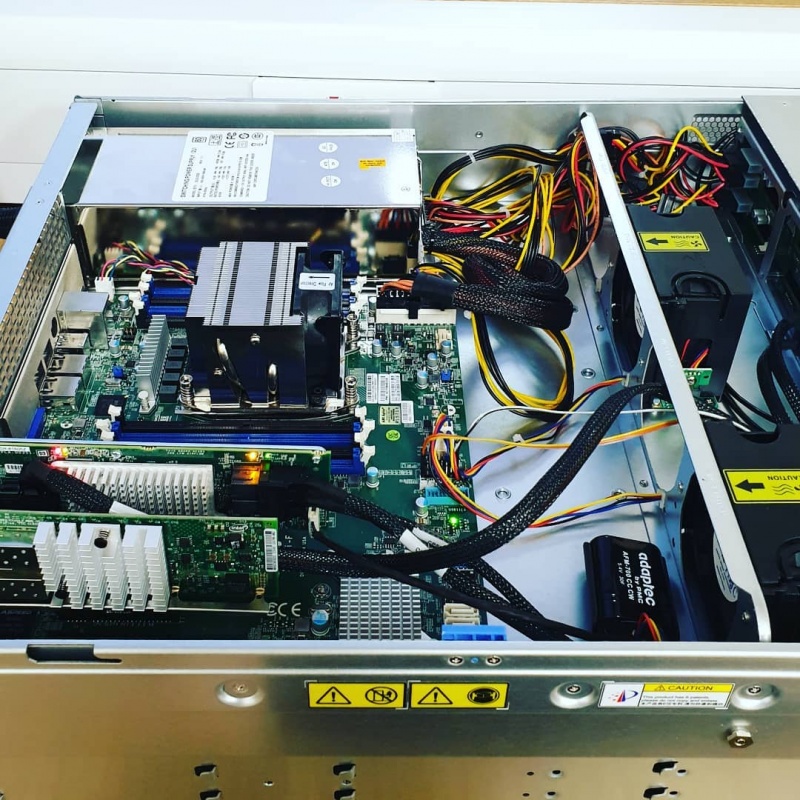

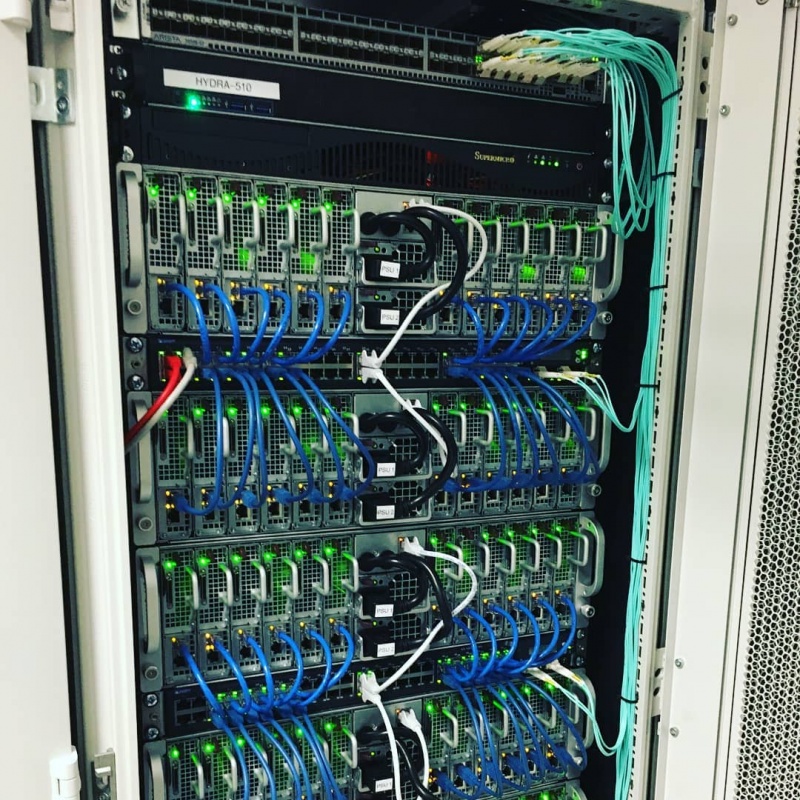
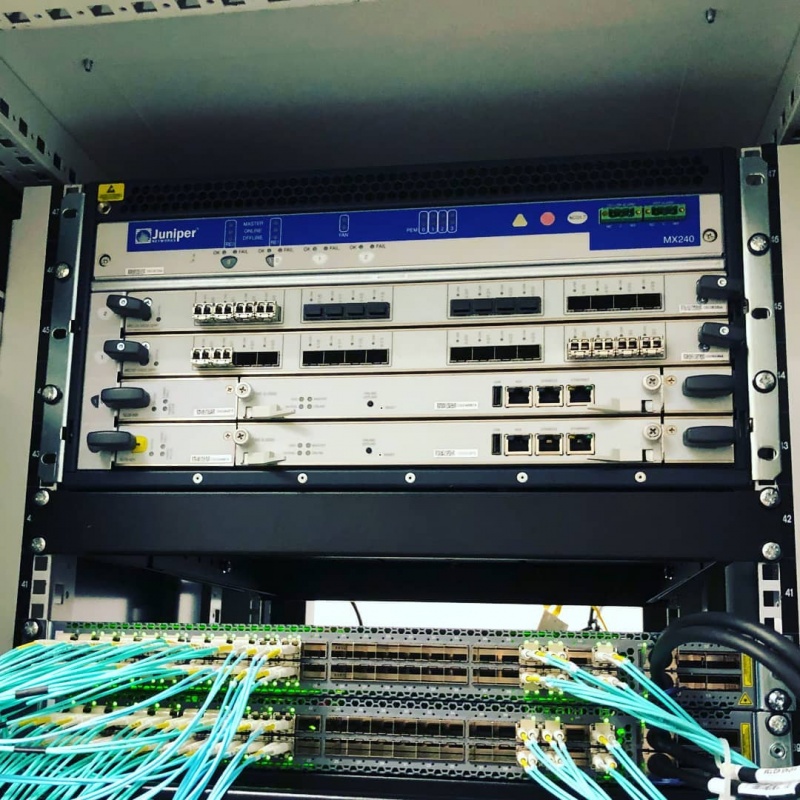
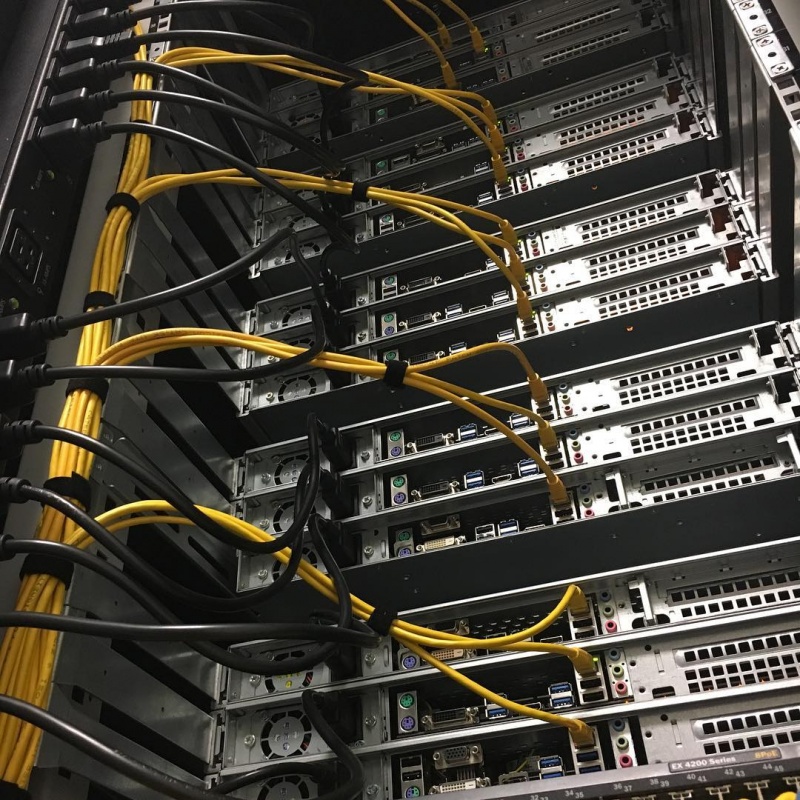
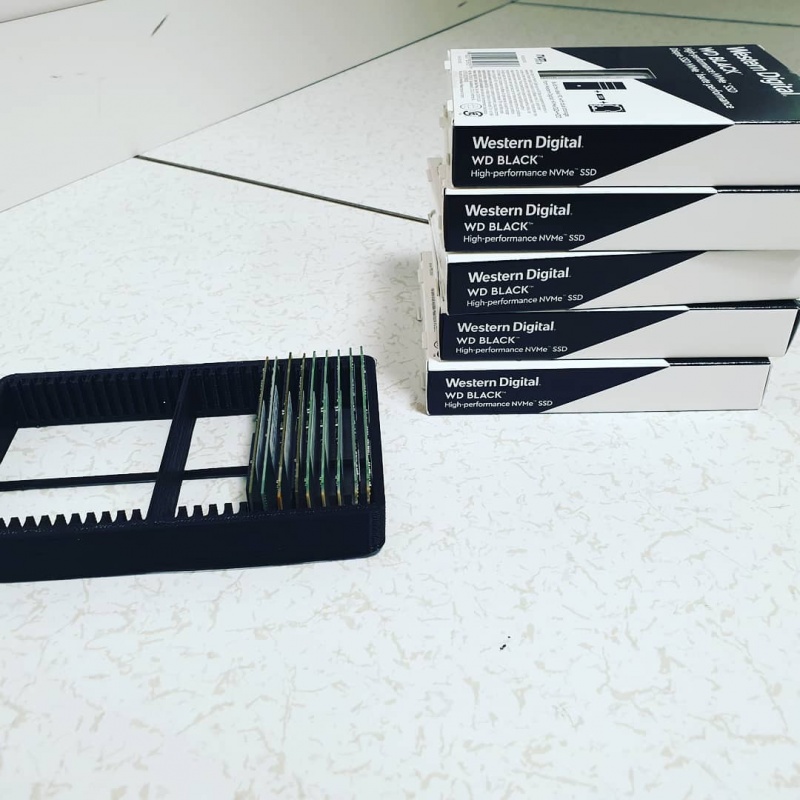
The first new 800 kVA datacenter generators arrived
The first new 800 kVA datacenter generators arrived. A set of 3 generators will work as one to deliver a redundant N+1 setup per 1 MegaWatt divider.
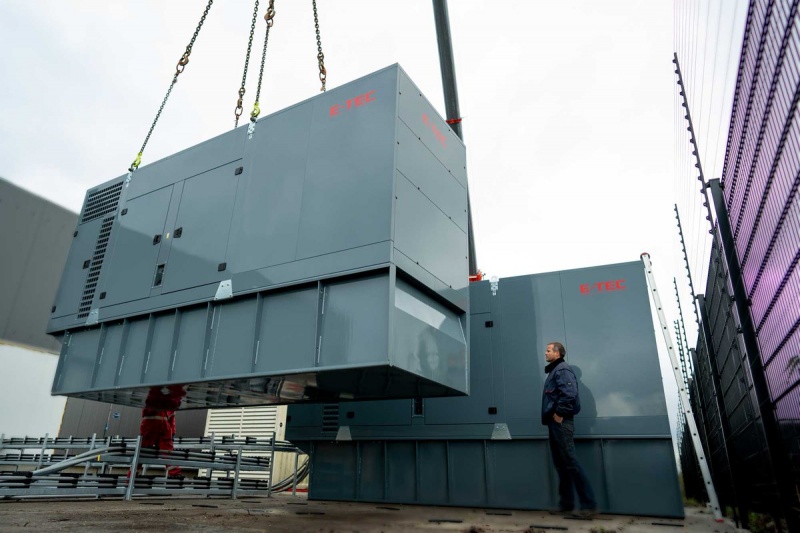

The first ABB divider is currently being installed serveriusbv datacenter SDC1
The first ABB divider is currently being installed serveriusbv datacenter SDC1
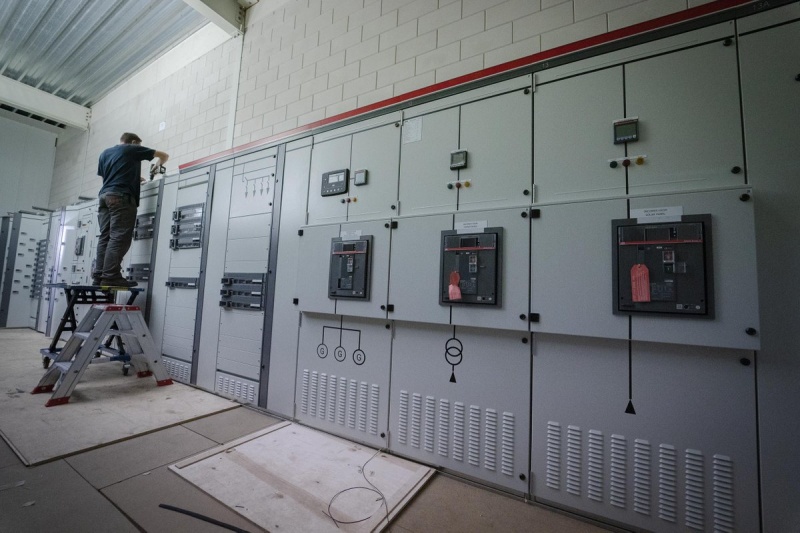

P19 to GRA
Овхмаркет: на этой неделе, кластер 012 (1000GP) был перенесен с P19 на GRA! Следующий кластер для переноса: кластер 013 (20gp) в январе. К концу 2019, мы будем мигрировать все из них, > 1M веб-сайтов, без простоя.
This is a (small) R&D DC
OVH тестирует новую watercooling систему (gen11), которая работает с новой стойкой «клик», которая позволяет нам управлять серверами роботов. В 6-12 месяцев мы сможем управлять DC с 80000 серверами только с 14 человек.
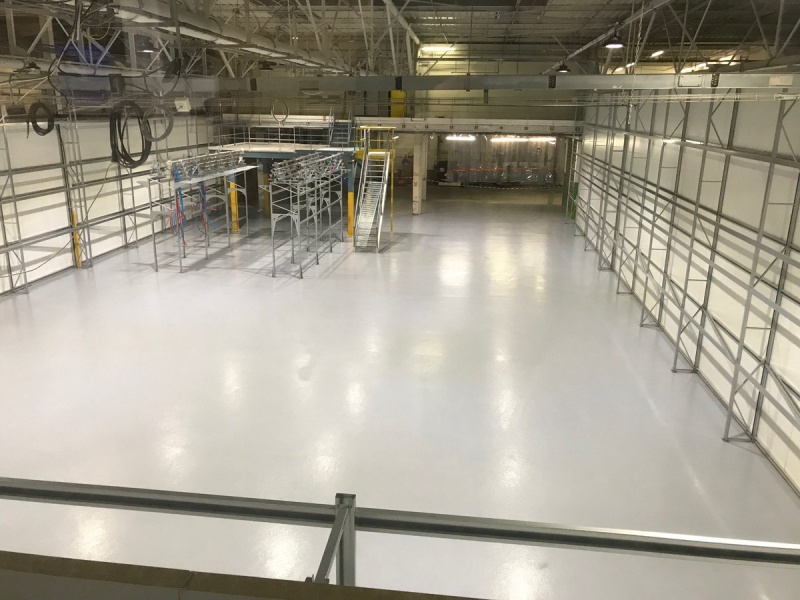
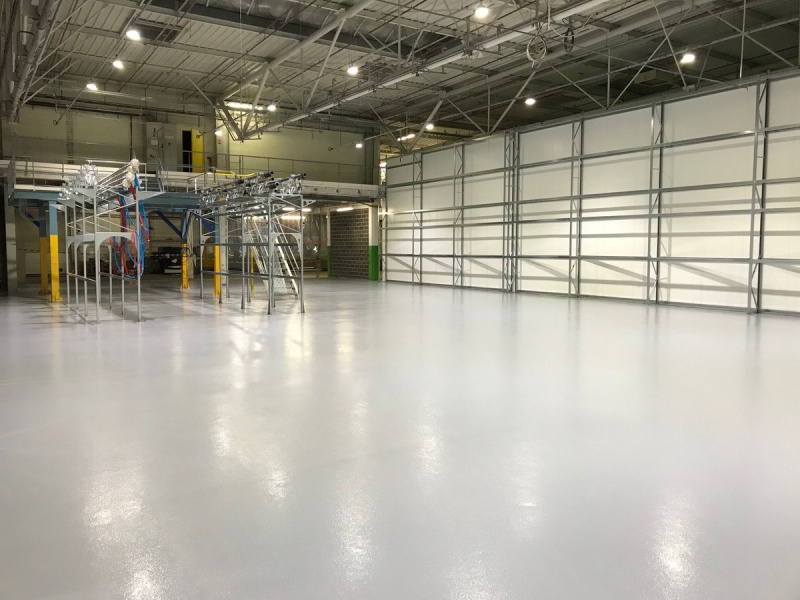
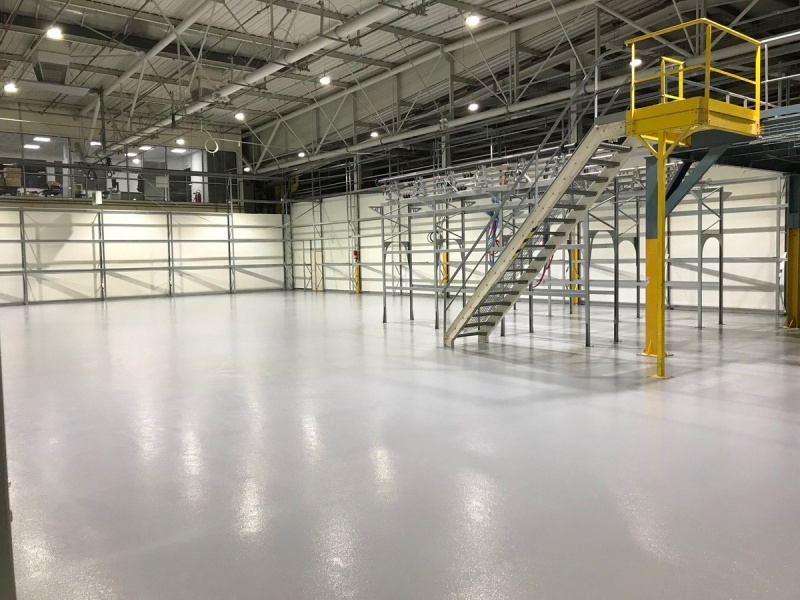



People OVH
Line with the team in Madrid,ES
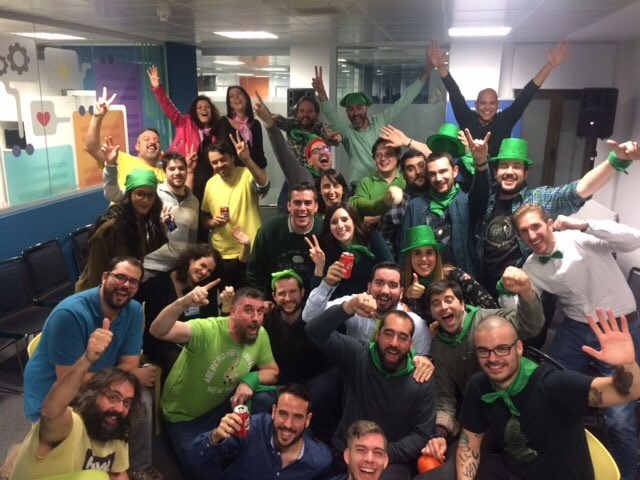
John with the team in Bordeaux,FR
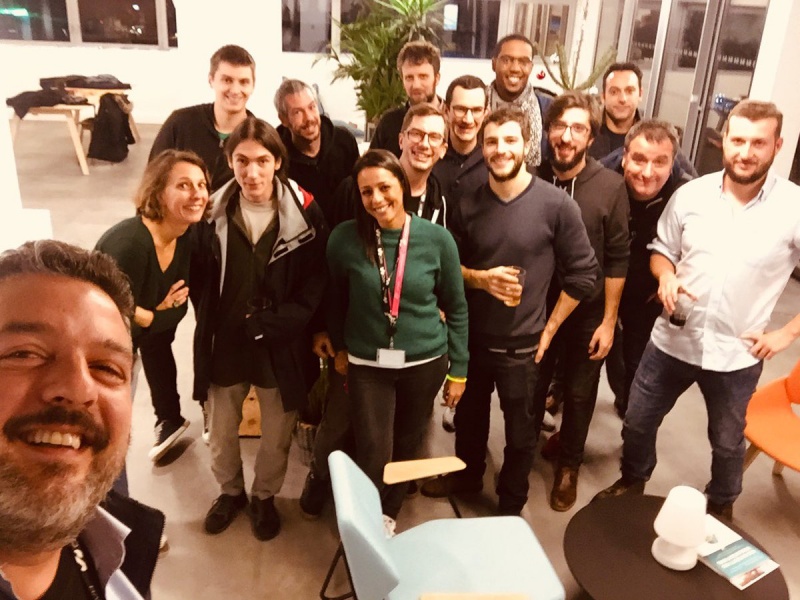
Fsterin with the team in London,UK
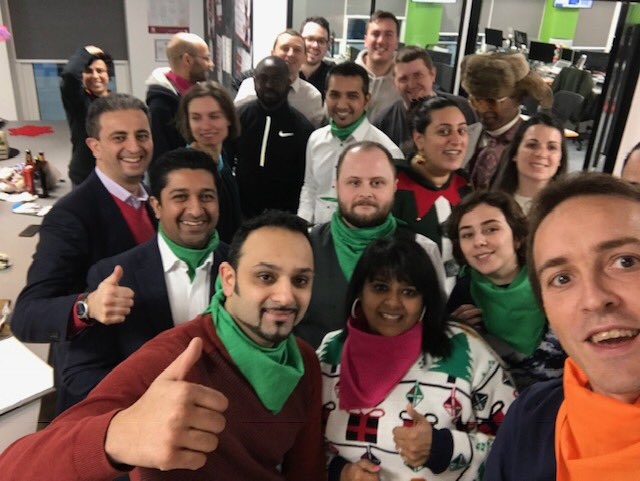
Alainfiocco with team in Toulouse,FR


John with the team in Bordeaux,FR

Fsterin with the team in London,UK

Alainfiocco with team in Toulouse,FR

Виртуальные сервера KVM в Америке

Рады сообщить Вам, что открыли новую локацию для виртуальных серверов VPS KVM. Теперь можно заказать сервера в США, восточное побережье, Нью-Йорк. Сервера доступны для всех наших клиентов.
Ознакомится с тарифами и заказать вы можете на нашем сайте
firstbyte.ru/vps-vds/kvm-ssd-us/
Либо через личный кабинет.
billing.firstbyte.ru/billmgr
В случае возникновения любых вопросов — обращайтесь, проконсультируем.
Аренда VPS за Bitcoin, Perfect Money, Webmoney | 1Gbps | VIKHOST.COM
Vikhost предоставляет в аренду виртуальные и выделенные серверы в Европе.
Посетите сайт, чтоб узнать подробнее о нас: vikhost.com
Вы можете заказать SSD VPS в Украине по следующим тарифам:
VPS-Bronze
vCPU: 1 core
RAM: 1 Gb
Storage (SSD): 10 Gb
IP addreses: 1 x IPv4
Access: Root
12$/месяц
Купить VPS
VPS-Silver
vCPU: 2 core
RAM: 2 Gb
Storage (SSD): 20 Gb
IP addreses: 1 x IPv4
Access: Root
19$/месяц
Купить VPS
VPS-Gold
vCPU: 2 core
RAM: 4 Gb
Storage (SSD): 30 Gb
IP addreses: 1 x IPv4
Access: Root
29$/месяц
Купить VPS
VPS-Platinum
vCPU: 4 core
RAM: 4 Gb
Storage (SSD): 40 Gb
IP addreses: 1 x IPv4
Access: Root
45$/месяц
Купить VPS
Также мы предоставляем в аренду выделенные сервера в Украине
Вы можете произвести оплату следующими способами: Visa/MC, WebMoney, Bitcoin, Privat24, Perfect Money
Почему выбирают нас?
— Предоставление услуг без договора
— Помесячная оплата услуг. Это дает нашим клиентам иметь достаточную финансовую свободу в наличии средств для других коммерческих целей.
— Клиентам предоставляется поддержка 24/7. Наши клиенты могут быть спокойны за свои сервисы.
— Сетевое подключение 1 Gbps
— Бесплатная установка ОС. Не нужно платить дополнительную плату за установку, перезагрузку и переустановку ОС.
Если у вас возникли вопросы, обращайтесь пожалуйста vikhost.com/contact-us
Посетите сайт, чтоб узнать подробнее о нас: vikhost.com
Вы можете заказать SSD VPS в Украине по следующим тарифам:
VPS-Bronze
vCPU: 1 core
RAM: 1 Gb
Storage (SSD): 10 Gb
IP addreses: 1 x IPv4
Access: Root
12$/месяц
Купить VPS
VPS-Silver
vCPU: 2 core
RAM: 2 Gb
Storage (SSD): 20 Gb
IP addreses: 1 x IPv4
Access: Root
19$/месяц
Купить VPS
VPS-Gold
vCPU: 2 core
RAM: 4 Gb
Storage (SSD): 30 Gb
IP addreses: 1 x IPv4
Access: Root
29$/месяц
Купить VPS
VPS-Platinum
vCPU: 4 core
RAM: 4 Gb
Storage (SSD): 40 Gb
IP addreses: 1 x IPv4
Access: Root
45$/месяц
Купить VPS
Также мы предоставляем в аренду выделенные сервера в Украине
Вы можете произвести оплату следующими способами: Visa/MC, WebMoney, Bitcoin, Privat24, Perfect Money
Почему выбирают нас?
— Предоставление услуг без договора
— Помесячная оплата услуг. Это дает нашим клиентам иметь достаточную финансовую свободу в наличии средств для других коммерческих целей.
— Клиентам предоставляется поддержка 24/7. Наши клиенты могут быть спокойны за свои сервисы.
— Сетевое подключение 1 Gbps
— Бесплатная установка ОС. Не нужно платить дополнительную плату за установку, перезагрузку и переустановку ОС.
Если у вас возникли вопросы, обращайтесь пожалуйста vikhost.com/contact-us

